Table of contents
If you’ve ever wanted to print logo on shirt designs that truly stand out, you’re not alone. Whether you’re a small business owner trying to boost brand visibility, an event organizer preparing uniforms, or a creative individual designing personalized apparel, the way you print your logo can make all the difference. A well-executed logo print transforms a simple T-shirt into a walking advertisement, a conversation starter, or a symbol of identity.
Printing logos on shirts may seem straightforward, but with so many techniques available—from screen printing to heat transfers—it’s easy to feel overwhelmed. Each method offers different levels of quality, durability, and cost. The key is understanding which process best fits your goals, budget, and the type of shirt you’re working with.
In this article, we’ll explore the top 10 ways to print a logo on a shirt that actually look professional. You’ll learn how each method works, the pros and cons, and tips for getting the best results every time.
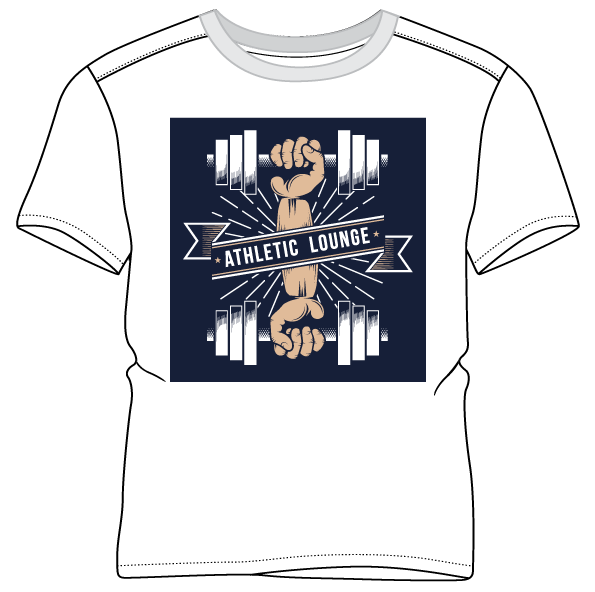
1. Screen Printing: The Classic Way to Print Logo on Shirt Designs
When it comes to print logo on shirt methods, screen printing remains the gold standard. It’s a tried-and-true technique used by professionals worldwide for creating vibrant and long-lasting designs.
How it works:
Screen printing involves pushing ink through a mesh stencil (the “screen”) onto the fabric. Each color in your logo requires a separate screen, making it ideal for simple, bold designs.
Advantages:
- Extremely durable and resistant to fading
- Produces bright, vivid colors
- Perfect for bulk orders
Disadvantages:
- Expensive for small batches
- Not suitable for complex, multicolor images
Pro tip: If you’re printing uniforms or promotional shirts in large quantities, screen printing delivers the most professional look at a great value.
2. Heat Transfer Printing: Affordable and Versatile
Heat transfer is a popular print logo on shirt technique for small batches and DIY projects. It uses heat and pressure to transfer printed designs from paper or vinyl onto fabric.
How it works:
Designs are printed onto special transfer paper using a printer. A heat press machine then bonds the image to the shirt under high temperature.
Advantages:
- Cost-effective for small runs
- Can reproduce detailed images and gradients
- Simple to use at home
Disadvantages:
- Designs may crack or fade after multiple washes
- Works best on light-colored cotton fabrics
Pro tip: Use high-quality transfer paper and wash shirts inside out to extend print life.
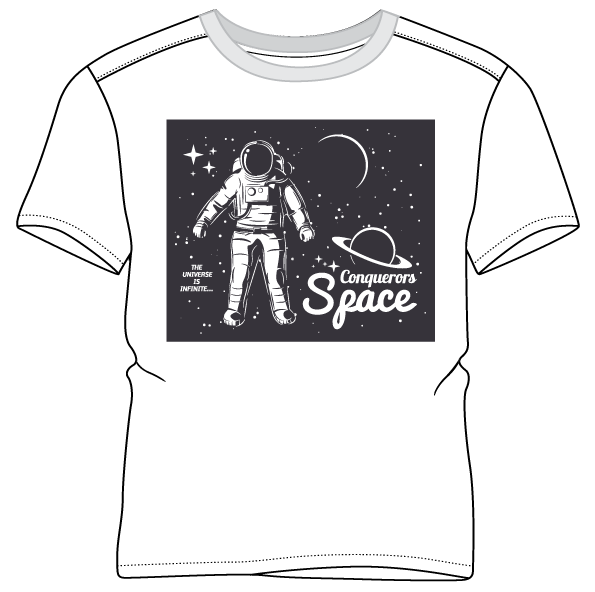
3. Direct-to-Garment (DTG) Printing: Digital Perfection
DTG is the modern, high-tech way to print logo on shirt materials directly, similar to how an inkjet printer applies ink to paper.
How it works:
A DTG printer sprays water-based ink directly onto the shirt. The result is a smooth, full-color design that blends beautifully with the fabric.
Advantages:
- Excellent for detailed and multicolor logos
- Soft feel with no noticeable texture
- Ideal for on-demand or low-volume printing
Disadvantages:
- Works best on 100% cotton fabrics
- More expensive per shirt than screen printing
Pro tip: DTG is perfect for artists and small businesses who need to print multiple designs without large upfront costs.
4. Sublimation Printing: Vibrant and Long-Lasting
If you’re printing on polyester shirts or athletic wear, sublimation is a fantastic print logo on shirt method that offers vibrant and fade-resistant results.
How it works:
Sublimation ink turns into gas under heat and pressure, bonding permanently with the polyester fibers. This creates an image that won’t peel, crack, or fade.
Advantages:
- Long-lasting, durable print
- Great for all-over designs
- Bright, photo-quality colors
Disadvantages:
- Only works on light-colored polyester fabrics
- Not suitable for cotton
Pro tip: For sports teams or activewear, sublimation ensures your logo looks fresh after every wash and workout.
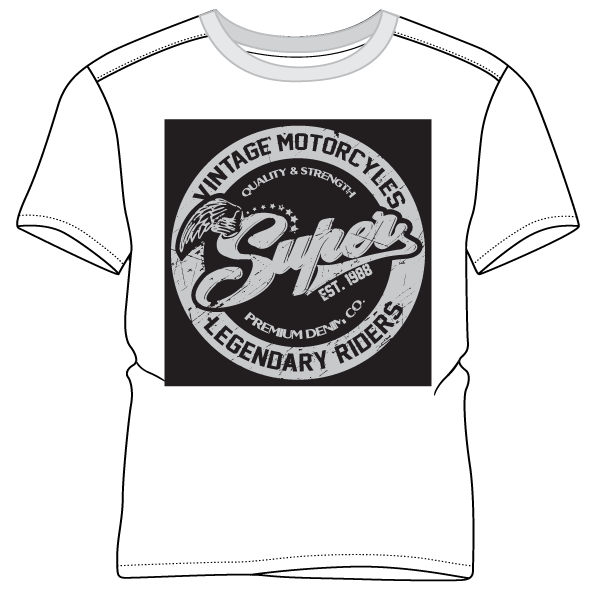
5. Vinyl Printing: Bold and Durable
Vinyl printing is another excellent option to print logo on shirt designs, especially when you want bold colors or lettering.
How it works:
Heat transfer vinyl (HTV) is cut into shapes or letters using a cutting machine. The cut-out design is then heat-pressed onto the shirt.
Advantages:
- Clean, sharp edges
- Long-lasting and durable
- Ideal for simple designs or text-based logos
Disadvantages:
- Limited to solid colors
- Can feel thick or stiff on the fabric
Pro tip: Use glitter, metallic, or holographic vinyls for eye-catching effects on special edition shirts.
6. Embroidery: Timeless and Professional
While not a “printing” method per se, embroidery is a top-tier way to print logo on shirt alternatives for those seeking a premium, corporate look.
How it works:
Threads are stitched directly into the fabric using a computerized embroidery machine.
Advantages:
- High-end, textured finish
- Incredibly durable and long-lasting
- Perfect for uniforms and polo shirts
Disadvantages:
- Not ideal for detailed or shaded logos
- More expensive than print methods
Pro tip: Choose embroidery for corporate apparel, hospitality uniforms, or branded merchandise where quality and professionalism matter most.
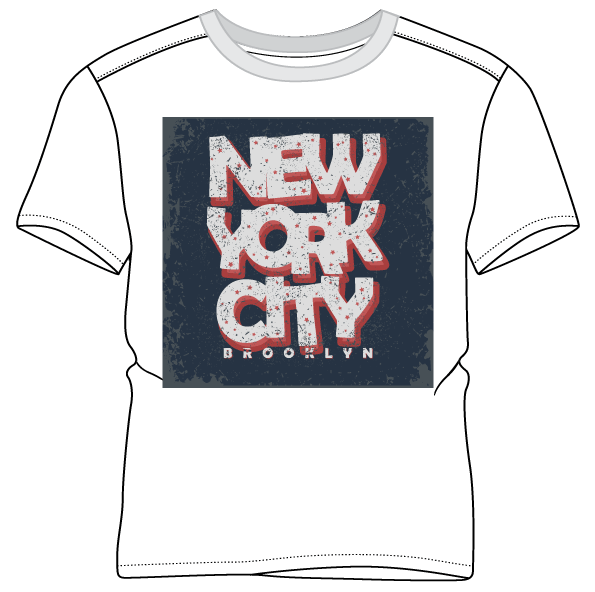
7. Plastisol Transfers: Combining Quality and Convenience
Plastisol transfers are a hybrid print logo on shirt method combining the best of screen printing and heat transfer.
How it works:
Designs are first screen-printed onto a special transfer sheet using plastisol ink. The image is then heat-pressed onto the shirt, transferring the ink permanently.
Advantages:
- Produces the same quality as traditional screen printing
- Convenient for storing and pressing later
- Ideal for small or on-demand orders
Disadvantages:
- Slightly more complex setup process
- Requires a heat press for best results
Pro tip: Great for businesses that want to stock ready-to-apply transfers for future use.
8. Discharge Printing: Soft and Vintage Appeal
If you love the soft feel of fabric without the heaviness of ink, discharge printing is an advanced print logo on shirt technique worth considering.
How it works:
Discharge ink removes the shirt’s dye and replaces it with the desired color, effectively dyeing the design into the fabric.
Advantages:
- Super soft feel
- Vintage, worn-in look
- Works great on 100% cotton shirts
Disadvantages:
- Limited color control on dark garments
- Requires professional handling and ventilation
Pro tip: Perfect for brands aiming for a retro or distressed look.
9. Puff Printing: Add Dimension to Your Logo
Want your logo to stand out—literally? Puff printing is a fun and creative way to print logo on shirt surfaces with a 3D effect.
How it works:
Puff additives are mixed into screen printing ink. When heat is applied, the ink expands and creates a raised texture.
Advantages:
- Unique, tactile appearance
- Adds personality and depth
- Works well for bold logos or simple shapes
Disadvantages:
- Not ideal for fine details
- Can flatten over time if not properly cured
Pro tip: Use puff printing sparingly—perhaps for a logo outline or highlight—for a professional yet stylish touch.
10. DTF (Direct-to-Film) Printing: The Future of Shirt Printing
DTF is the newest and fastest-growing print logo on shirt technique. It combines the quality of screen printing with the flexibility of heat transfers.
How it works:
Designs are printed on a special PET film using DTF ink, then coated with adhesive powder. After curing, the transfer is heat-pressed onto the shirt.
Advantages:
- Works on nearly any fabric (cotton, polyester, blends)
- Bright, durable, and flexible prints
- Excellent for complex logos and gradients
Disadvantages:
- Requires specialized equipment
- Slightly longer setup time than DTG
Pro tip: For businesses looking to produce professional-quality shirts quickly and affordably, DTF is a cutting-edge solution.
Top 10 Online Tee Shirt Makers to Design Custom Tees in Minutes
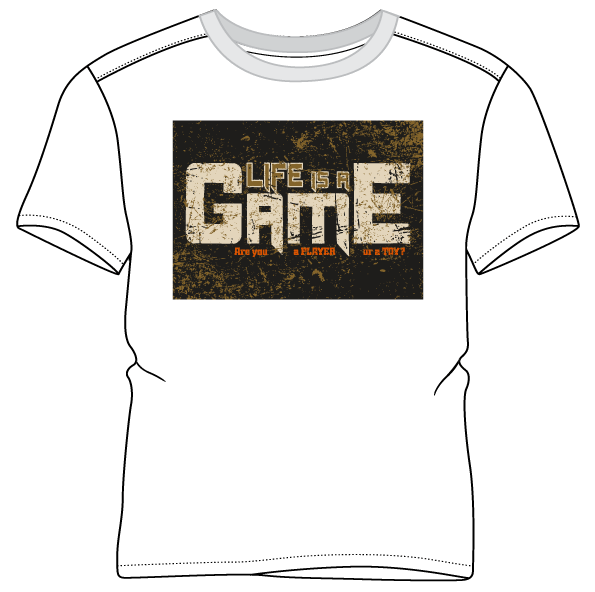
Bonus Tip: Choosing the Best Method to Print Logo on Shirt
Before deciding on a method, consider the following factors:
- Fabric type: Cotton, polyester, or blends respond differently to heat and ink.
- Design complexity: Simple logos work best with screen printing or vinyl; detailed designs shine with DTG or DTF.
- Quantity: For large runs, screen printing is cost-effective; for small orders, DTG or heat transfer is better.
- Durability needs: Embroidery and sublimation are ideal for long-lasting wear.
Remember, the most professional result often comes from pairing the right printing technique with the right material.
Conclusion:
Learning how to print logo on shirt designs that look professional doesn’t have to be intimidating. With so many reliable and creative printing options available, you can easily find the method that matches your brand’s personality, your shirt material, and your budget.
From traditional screen printing to innovative DTF printing, each technique offers unique benefits that can elevate your apparel from ordinary to unforgettable. Whether you’re designing shirts for your business, team, or event, taking the time to understand these methods will help you produce high-quality, long-lasting results.
So the next time you plan to print logo on shirt, remember—it’s not just about placing an image on fabric. It’s about crafting a professional, eye-catching statement that represents your vision and leaves a lasting impression.